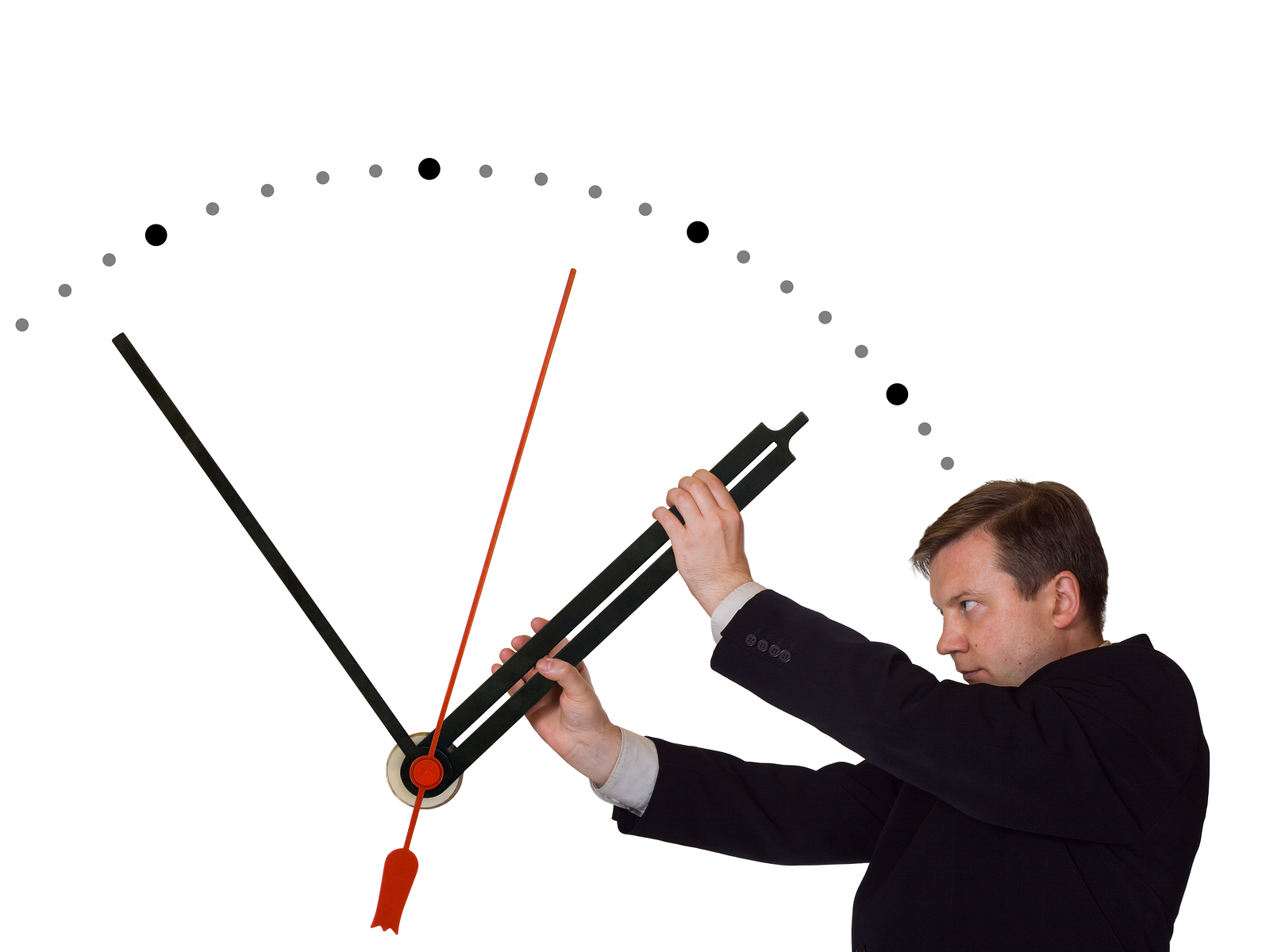Bramble Purpose In Life
Bramble Patch Purpose Is time management important to you? You may not have even thought about it until someone asked you to add one more to a long list of tasks or you got sent on a time management training course. Maybe you have just found that it’s impossible to do everything you might WANT to […]

